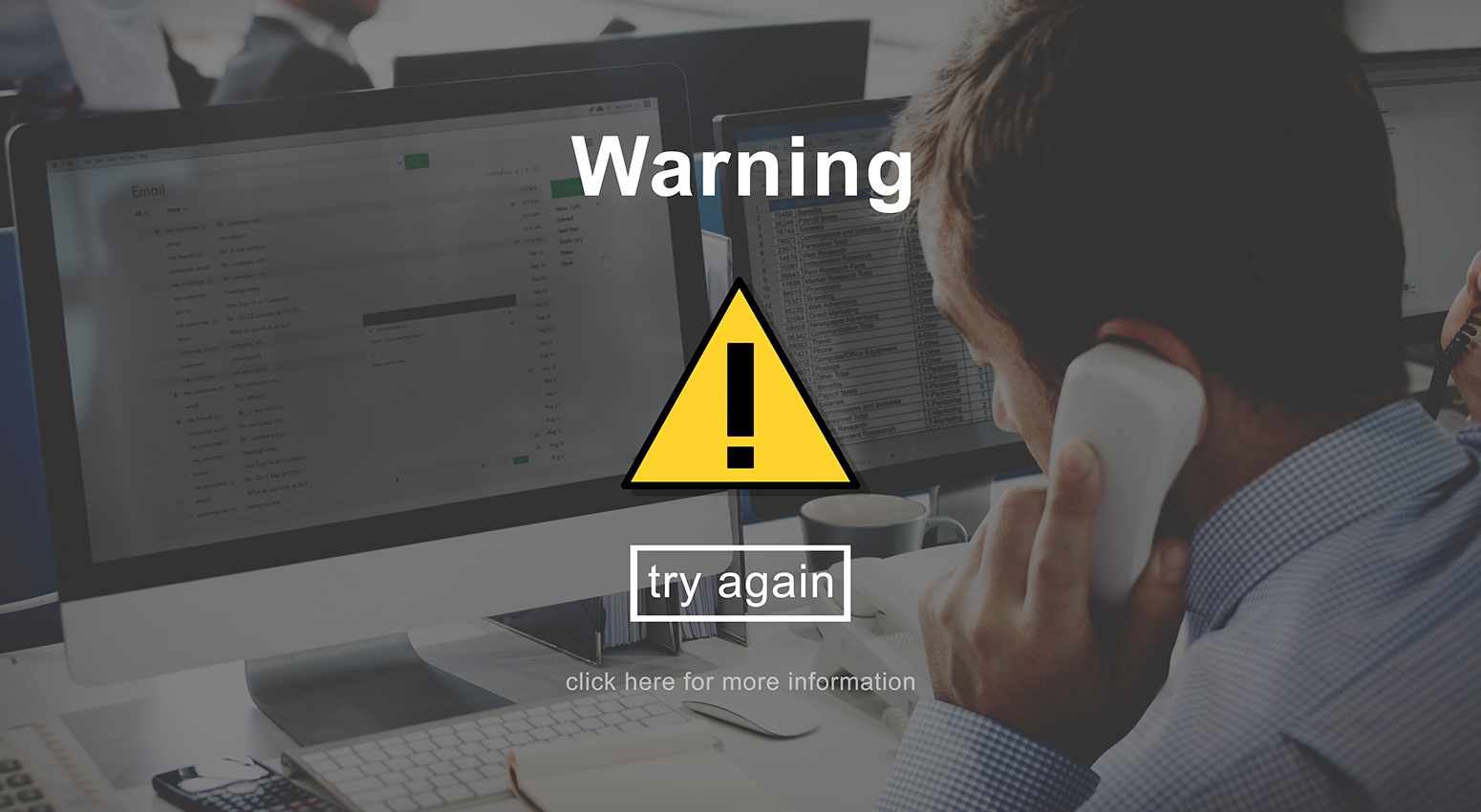As more consumers fall in love with the convenience and ease of shopping online, the increased demand has caused rapid growth in the number of online sellers. This can ultimately be positive for brands as they build or revise their business model online. However, given how E-commerce suppliers operate with their lack of transparency, inventory diversions, and race to the bottom with repricing bots, brands must become much better at identifying which of those sellers and resellers represent the greatest risk.
In order to be proactive before you have to get to the stage of cease and desist letters to protect your pricing and IP, we would like to share our top ten online retailer red flags. The list is based on characteristics shared by a majority of the unauthorized sellers, diverters and MAP policy violators of the brands that work with MAPP Trap. It is highly recommended that you look for these when opening online accounts (and maybe even for renewing existing ones.)
-
Residential Addresses, PO Boxes, UPS Stores, Virtual Offices, Drop Shipper Addresses.
Opening accounts that only provide these kinds of addresses are among the greatest risks that a manufacturer can take. Residential addresses are an indication of a lack of professionalism or, at the very least, a small business. PO boxes, UPS Stores and virtual offices make it extremely difficult to trace owners. And third-party drop shipper warehouses are a sign that the account could be offering its inventory to other, unknown and unauthorized sellers.
-
Non-Business Domain Name Email Addresses
Be suspicious of any account without a professional, domain-based email address. What legitimate online seller doesn’t have a domain? Besides, personal email domains (e.g., @aol.com, @yahoo.com, @gmail.com) for a business are red flags because they are easily (and frequently) changed to avoid continued contact or handle customer experience claims.
-
Non-Functioning Main E-commerce Website
As per the above, if a new account does not have a functioning E-commerce site, then they are purely third-party sellers. Or worse, they could be diverting products to unauthorized online sellers.

-
Low Transparency
Is there a way to contact the seller? Do they list customer service numbers (that work!), websites, return addresses, etc., on their profile or Contact Us page? Online sellers that don’t provide contact information are a high risk. Not only could it affect a consumer’s ability to ask questions about your products, but if the seller changes its store name, the brand won’t know it’s them (unless they track seller IDs like we do). E-commerce fraud for new customers becomes very challenging to combat.
-
Lack of Full Disclosure.
We recommend that all MAPP Trap clients require their new (and existing) accounts to complete an Online Disclosure Agreement. This can be a separate document or part of an account application. If the form does not list ALL of their E-commerce sites (both direct and third-party E-commerce), then they are a high risk.
-
“Just Launched” Stores.
As with the granting of credit terms (net 30, etc.), where payment history is important, the amount of time an online seller has been open is important. The less time they’ve been around, the more of a risk they are. A “just launched” Amazon or eBay store could also be an indication that the online retailer was suspended by so many brands for scams or policy violations that they had to open a new storefront for order fulfillment (and aren’t telling you).
-
Multiple Stores with Different Names.
In the early days, the only differentiating factor in the online marketplace for an online seller to improve online sales was price. However, as E-commerce has evolved, many online stores are becoming trusted brand names. These stores are making an effort to become legitimate retailers. Stores that have different names on each platform tend to be less reliable and trustworthy with questions as to where they source products from.
-
Frequent Store Name Changes.
When companies like MAPP Trap reveal the identity of an online seller to its clients, those clients can suspend or terminate the seller. In order to continue getting inventory, many sellers change the name of their online shop. One reason they change the name rather than open a new store is so they can keep their seller ratings, reviews, etc. This is frequently what vendors refer to as whack-a-mole. The reality is they are not new stores, just the same E-commerce businesses with new names in an effort to continue to drive unauthorized sales.
-
Poor Customer Feedback and Low Ratings.
Anything less than 4 out of 5 stars is an issue. You may even consider making 5 stars a requirement. Bad reviews show that consumers have complained about issues like customer service, slow shipping, damages, etc. Although this is usually the seller’s fault, consumers often associate a poor retail experience with the brand and create a negative perception of the overall brand image.

-
Product Mix.
Today’s retailers have the greatest access to inventory in the history of retail. They can buy directly from you, from your distributors, drop-shippers, and more. Check to see if the store primarily sells the type of products you have. Are they in the same industry, or do they have a product mix that spans a dozen categories? Our advice: stay with sellers that don’t list a diverse portfolio. Not only is it costlier and more time-consuming for them to optimize product searches but it’s an indication that they are unfocused and/or have a hard time getting products from your E-commerce merchant peers.
Brands may ask how they can get the information necessary to determine if online sellers should be avoided, and the answer is “Ask." It's important for brands to vet new accounts and not be afraid to ask questions. Have new accounts (and maybe even existing accounts) tell you who they are. Along with their company and credit information, they should disclose all the places where they sell, all of the places where they purchase inventory, and whether they sell direct or through distributors. Are they online only, or do they have brick-and-mortar stores? If the brand works solely through wholesale distributors, the brand should have those distributors get the form filled out and then have it approved by the brand before accepting orders. Not only should brands ask these important questions, but new accounts shouldn't hesitate to provide these details.
The reality is that most online sellers are honest and honor the policies and agreements of their vendors. Sadly, there are still many that do not. The downsides include rapid and deep discounting, brand erosion through over-distribution, product diversion from one unknown seller to another, intellectual property rights violations, loss of retail margin, loss of brand equity and, ultimately, loss of market share.
When managed poorly, ecommerce leads to gains in top-line revenue with an accompanying drop in brand equity and profitability. When managed properly the top-line gains translate to a stronger bottom-line -- both financially for profit margins and in terms of a brand’s long-term viability. For more information about MAPP Trap,call 303-670-5111 or email info@mapptrap.com.or use our Contact Form to get in touch.